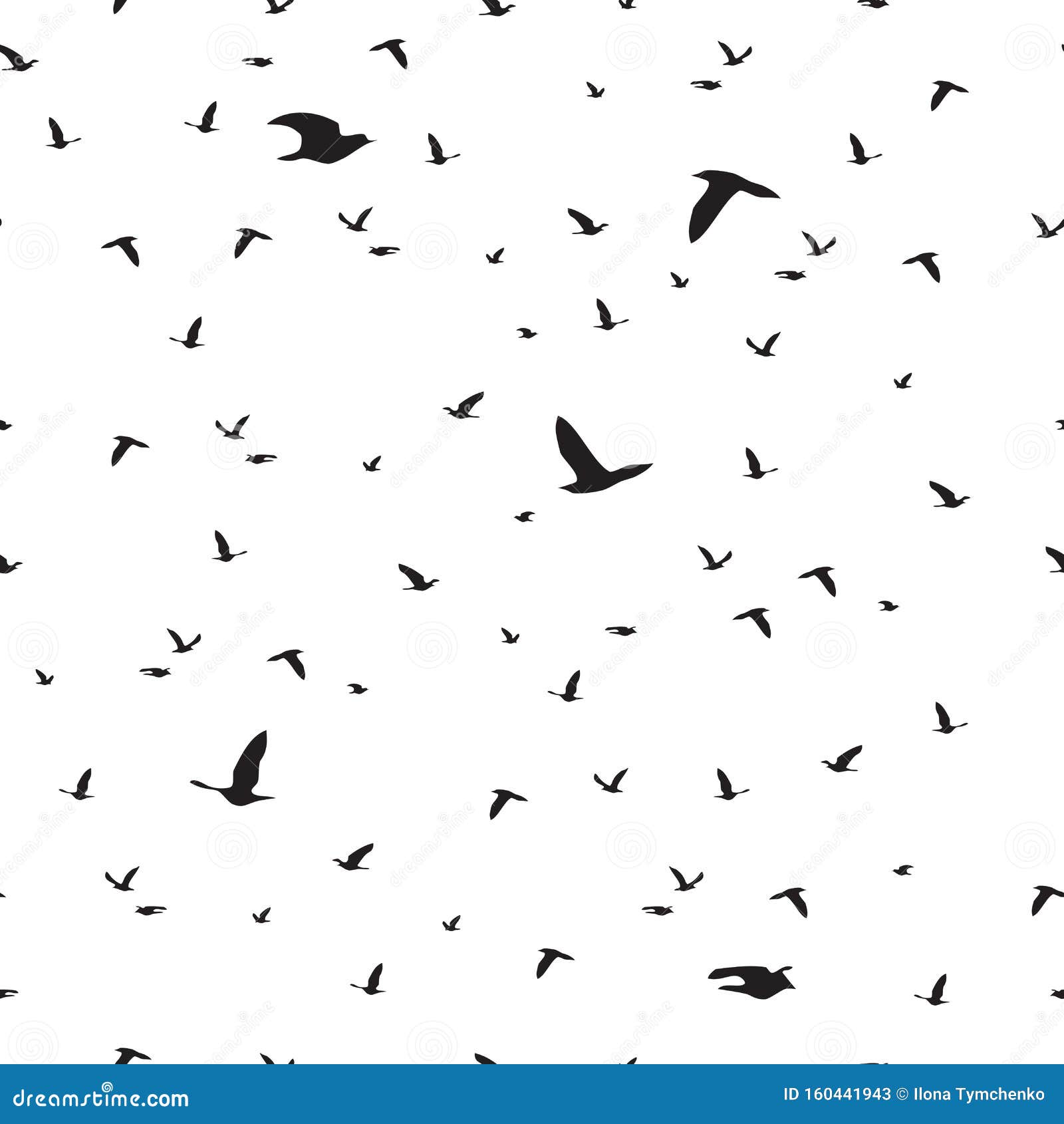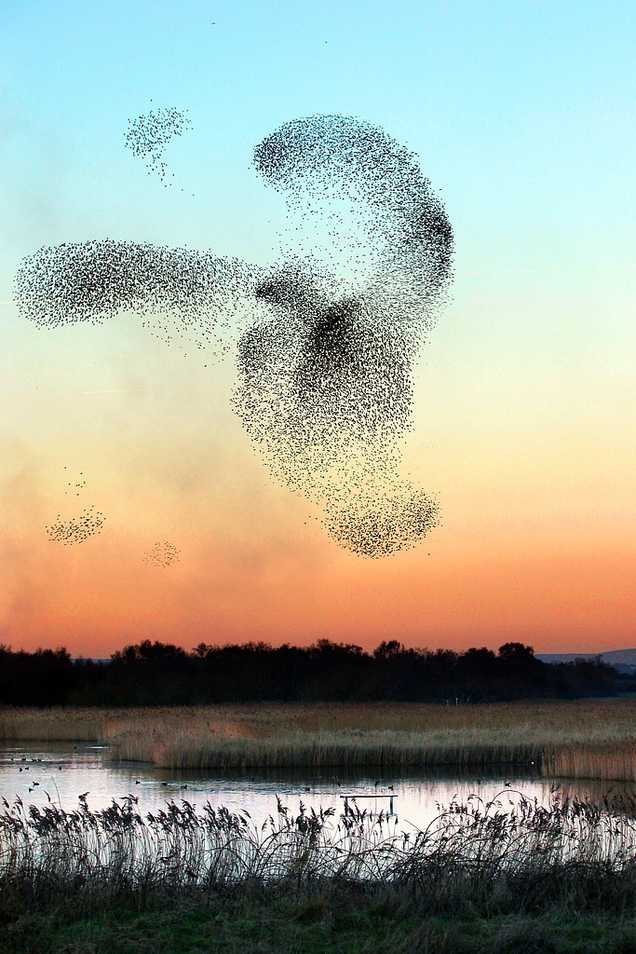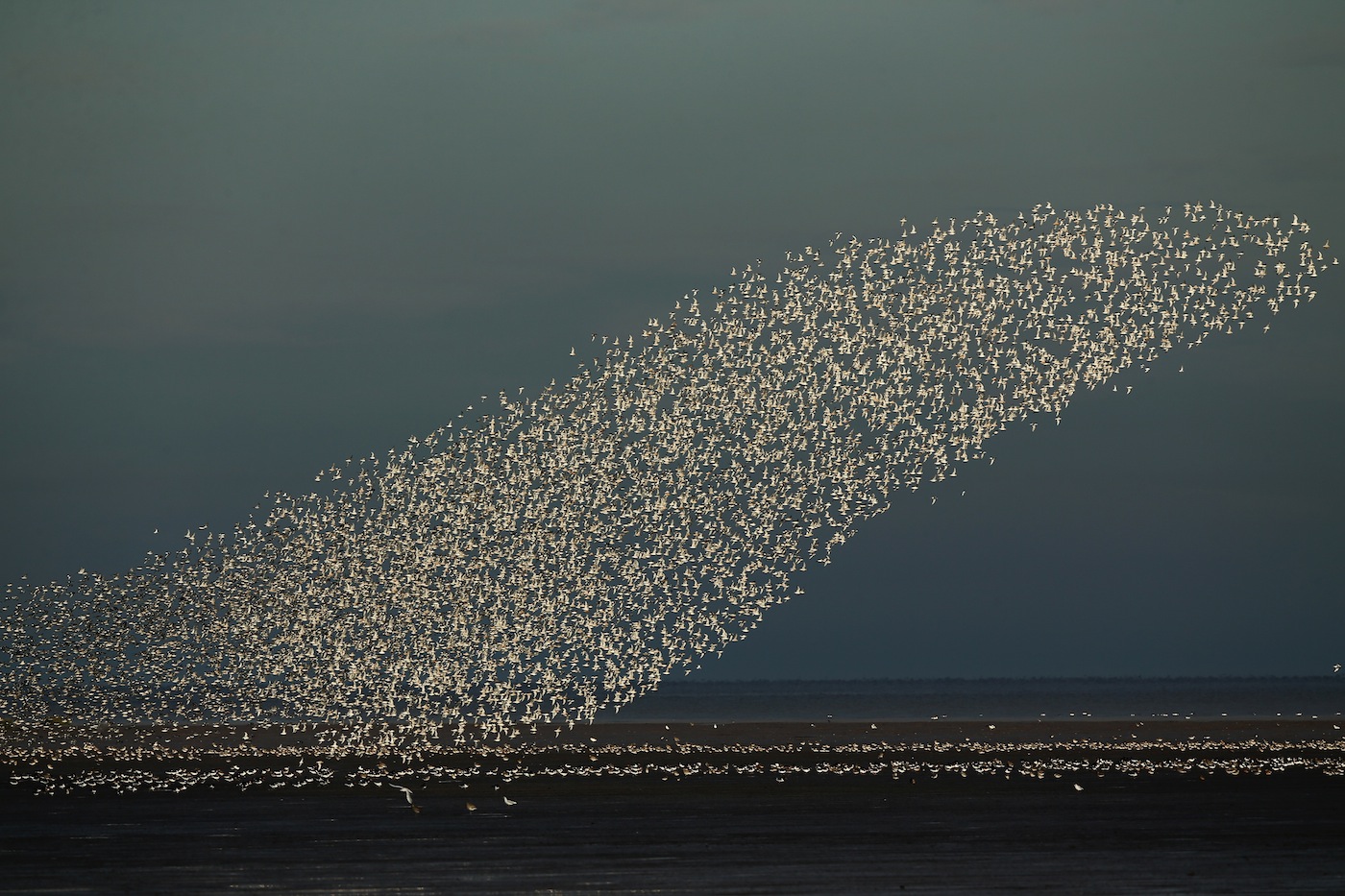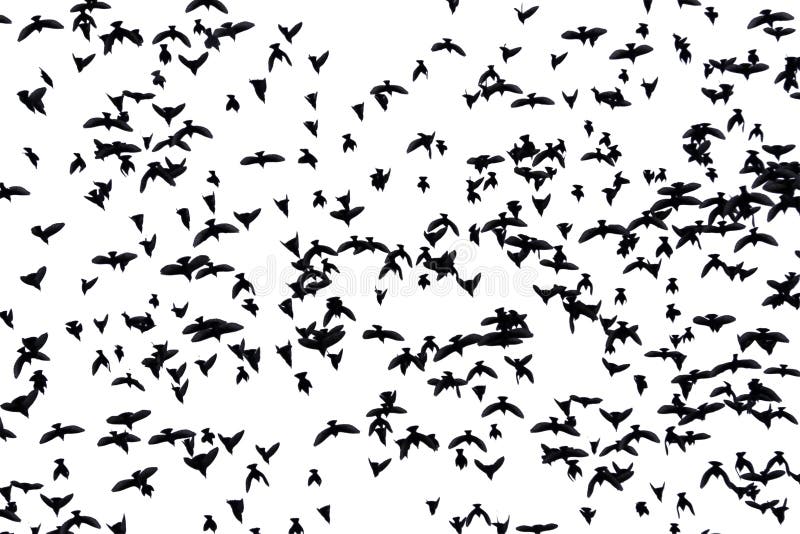

The classic research on how flocking birds move in unison comes from zoologist Wayne Potts, who published in the journal Nature in 1984. If they were, the reaction time of each bird would need to be very fast – faster than birds actually do react, according to scientists who have studied the reaction times of individual birds in laboratory settings. How do they do this? Zoologists say they aren’t simply following a leader, or their neighbors. You also might be able to volunteer to foster birds until they find a permanent home.We’ve all seen flocks of birds wheeling and swooping in unison, as if choreographed. The group, which encourages people to adopt rather than buy, has rescue birds that need good homes. Box 697, San Jose 95106, or leave a message at 65. If you’re looking for another bird, contact the Mickaboo Companion Bird Rescue, P.O. In captivity, it might be lonely for a companion, but being single is not a death sentence. Most doves mate for life, but if something happens to one or the other, the surviving bird will be OK. Perhaps you have a different type of dove - a domesticated bird - or you were speaking metaphorically about a pair that nests in your yard? Either way, the male won’t die because it has lost its mate. Wild mourning doves are federally protected and it is against the law to possess them. What should I do? Will the mate die too?ĭEAR BIRD: I’m not sure what you mean by having a pair of mourning doves. Instead, each bird hones into the signals of the seven closest to them, and they act as one, flying up, down, around and to the side.ĭEAR JOAN: I have had a pair or mourning doves for at least 5 years. Researchers believe the birds have a sort of biological radio, able to communicate those intricate patterns and actions instantly. They have an amazing ability to choreograph their evasive movements in less time than it takes to blink an eye.

If you see a flock of birds rapidly changing directions and creating fascinating patterns in the air, they probably are trying to avoid a predator such as a hawk or falcon. Get it from the Apple app store or the Google Play store.
#FLOCKS OF BIRDS FLYING IN PATTERNS FREE#
Reading this on your phone? Stay up to date on Bay Area and Silicon Valley news with our new, free mobile app. In most cases, they are out searching likely areas for sustenance. When you see the birds, either in V shapes or those fluid masses, they can be looking for food, migrating or heading to their evening roosts. The birds get together in large groups because there is safety in numbers, and because it’s easier to find food when you have a lot of eyes looking out for it and sharing information. While the flocks can form at any time, they are more common among certain species in the winter.


Researchers call these flight flocks, and they include geese and other water fowl that fly in V-shaped formations, and crows, blackbirds, starlings and others that form large, irregularly shaped flight flocks. Many birds form flocks, but only a few form flocks that fly together. DEAR VAL: A lot can depend on the type of birds, the season and the time of day.


 0 kommentar(er)
0 kommentar(er)
